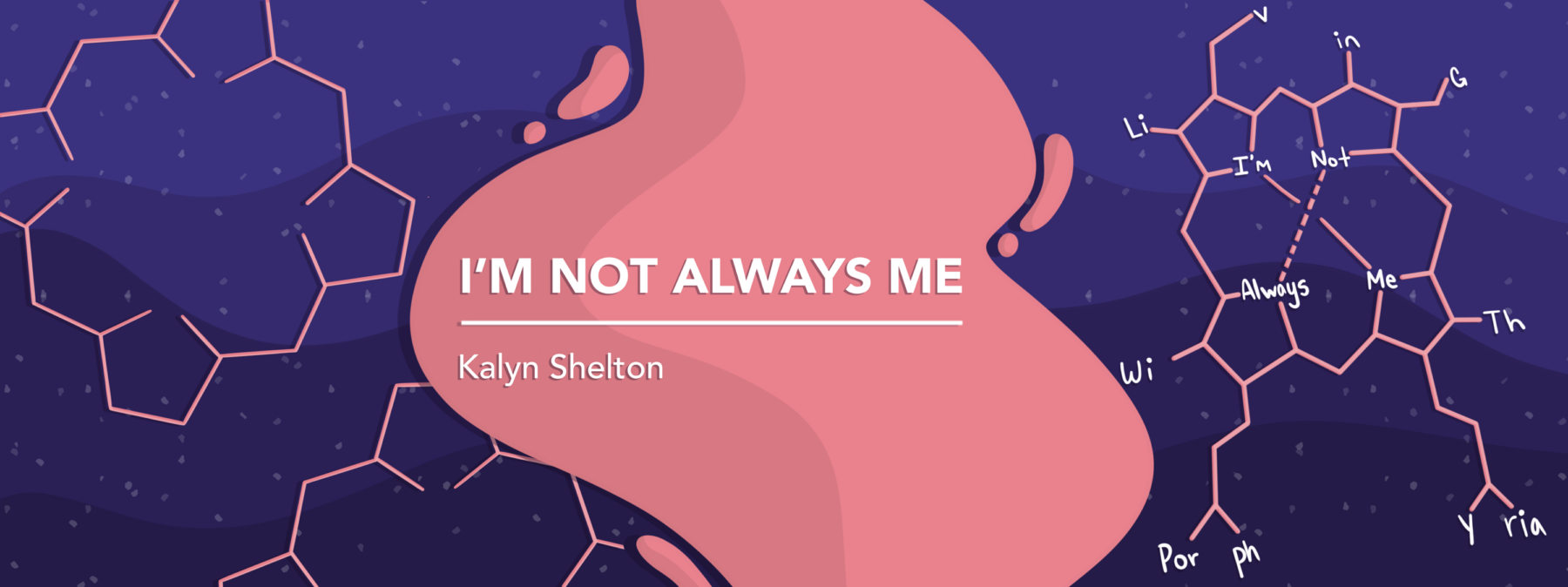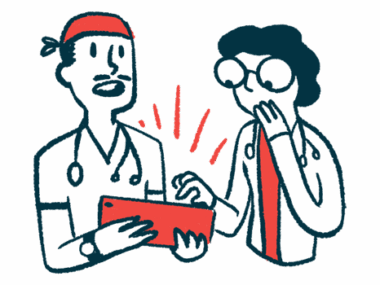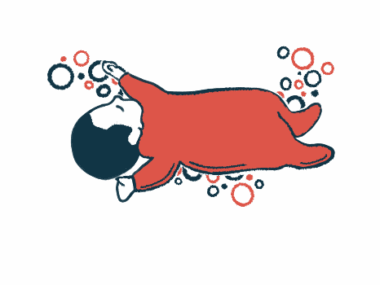Feeling the fear that comes with my pohr-fear-ee-uh
Diagnosis, attacks, lifestyle changes, and surgeries have made me afraid
Written by |

My rare disorder, acute intermittent porphyria (AIP), is pronounced pohr-fear-ee-uh, and it puts fear in my life.
In July of 2020, I started having mood swings, severe pain on the right side of my abdomen, and other symptoms. That’s when the fear really started. “What’s wrong with me?” I asked myself.
I went to the doctor. She put me on the antidepressant Prozac (fluoxetine) and suggested that I could be constipated. The pain got worse, and because of my fear, I went to the emergency room. They drew blood and did a CT scan, but everything came back normal.
In an April column, “How I ended the generational curse that is porphyria,” I explained how early one morning it dawned on me that I had porphyria, given that AIP has affected several generations on my mom’s side of the family.
I made my way back to the emergency room, but staff members there were unable to perform the necessary test to determine whether I had porphyria. I then went to my primary care provider, who ordered blood work and urine samples.
During and after diagnosis
Of course, fear reared its ugly head once again. I was afraid to be diagnosed with porphyria because it killed two women in my family and it almost killed my mom. On the other hand, I was afraid of not having porphyria because something was causing my symptoms and I wanted to know what. About a week later, however, I got my porphyria diagnosis.
In December of 2020, I had my first severe attack, which caused me to forget my name, where I lived, and how to put on pants. It was also the first time I’d ever had a seizure, which I was later told was a pseudo or functional seizure.
Once again, fear set in! I wasn’t able to drive or work for a whole month. Instead, I was required to have an MRI and see a neurologist. The MRI came back normal, which relieved some of my fear; however, I was afraid again when the neurologist recommended that I apply for disability because porphyria is a chronic condition that doesn’t go away. That was a reality I wasn’t ready for.
I continued to work for three more months until I had an attack while working and an ambulance was called to my client’s home. I wasn’t able to return to work until my doctor released me, and considering that my attacks were getting worse and more frequent, that wasn’t something she could do.
In February of 2021, I had a bilateral salpingectomy, in which both of my fallopian tubes were removed to prevent me from getting pregnant. Of course, fear was present then, as well as when I had a complete hysterectomy in 2021. And then I’d end up back in the hospital every month during that time of my menstrual cycle, at the same time as a porphyria attack.
Although some of my worst attacks occurred after my hysterectomy, they’ve since slacked off and have become less frequent. But regardless of the frequency, I still live every day in fear. I constantly worry if I’m going to end up back in the hospital. I worry if my medicine is safe. I worry when I get a cold, because for me that can trigger a porphyria attack.
I do have to say, though, that no matter what, I’m a blessed porphyria warrior!
Note: Porphyria News is strictly a news and information website about the disease. It does not provide medical advice, diagnosis, or treatment. This content is not intended to be a substitute for professional medical advice, diagnosis, or treatment. Always seek the advice of your physician or other qualified health provider with any questions you may have regarding a medical condition. Never disregard professional medical advice or delay in seeking it because of something you have read on this website. The opinions expressed in this column are not those of Porphyria News or its parent company, Bionews, and are intended to spark discussion about issues pertaining to porphyria.







Leave a comment
Fill in the required fields to post. Your email address will not be published.